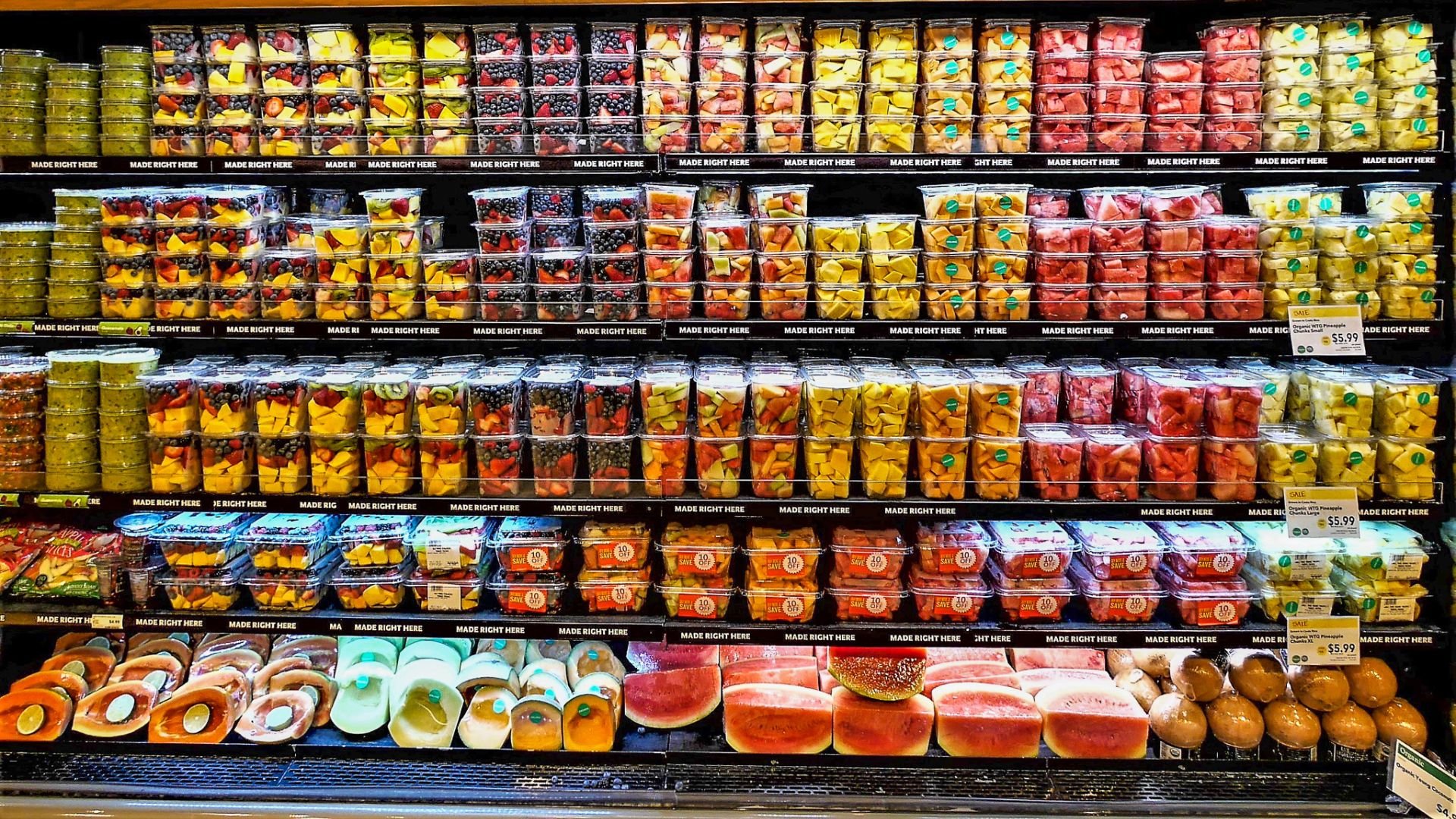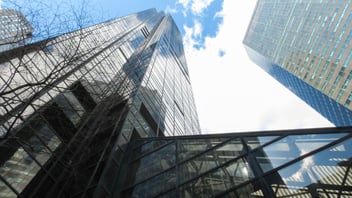3 Types of Commercial Buildings That Could Benefit from Demand Response Right Now

As grid reliability continues to be a growing theme in the energy landscape, it’s more important than ever that we find innovative ways to adapt to peak electricity demands.
Methods like load shifting and battery energy storage are just a couple of strong examples to look at when managing your energy consumption, but Demand Response is the only one that will get you paid while reducing your electricity use. Energy efficiency is the name of the game now, and companies like Whirlpool, Dell Technologies, and others are already participating in the development and application of demand response programs.
Below are three commercial buildings that could use Demand Response solutions right now:
Office Buildings
Did you know that energy costs make up almost 19% of an office’s total expenses? Considering how much goes into heating, cooling, and lighting an average office building, your annual costs will continue to rise the more your business continues to grow. Taking advantage of demand response can cut those costs down dramatically.
During colder months, heating an office space can be a significant expense. To maintain a comfortable temperature for employees and clients, furnaces or boilers are used to generate and distribute warmth throughout the building, resulting in increased energy costs. Similarly, air conditioning during hot summer months can also be a significant drain on energy resources. These systems consume a considerable amount of energy to cool the air, leading to higher energy expenses.
Apart from heating and cooling, lighting also plays a part in an office's energy consumption. Offices require adequate lighting to ensure a productive and safe working environment. However, the extensive use of artificial lighting like incandescent or fluorescent bulbs, especially in large office spaces, can considerably increase expenses for commercial businesses.
To reduce energy costs, businesses can take advantage of Demand Response and boost cost savings on energy expenses.
Supermarkets
Refrigeration is a crucial element of many supermarkets, but it comes at a significant cost. According to Energy Star, an average-sized store spends “more than $200,000 annually in energy costs and results in 1,900 tons of CO2 being emitted into the atmosphere.” To put that in perspective, that’s equivalent to the emissions from 360 vehicles in one year!
The energy consumption of refrigeration systems in grocery stores is mostly responsible for such high energy usage, but lighting and heating also play a key role.
Improving energy efficiency in grocery stores can significantly reduce their energy consumption and carbon emissions. Participating in a demand response program is a great way for small and large food retailers to support grid stability, and keep the lights on and the food fresh, all while reducing the carbon footprint of the store and generating new income.
Houses of Worship
Houses of worship can be massive, and since congregations tend to run on a budget, there’s an opportunity for more savings and new income. Even though they only make up 0.6% of all non-residential buildings, according to the Lawrence Berkeley National Laboratory, approximately 2% of houses of worship in the country already host solar energy systems on their property. Imagine how much more energy (and money!) they can save by curtailing their electricity use during peak hours. Combining solar and demand response can maximize the return on your investment.
Your Year to Win
Commercial business owners have a chance to do something financially and environmentally beneficial for themselves, their wallets, and their communities. Catalyst Power is your one-stop shop for sustainable, energy-efficient solutions. Let us help you map out a plan for your business’s energy success and watch your savings grow and your pockets double.


.jpg?width=352&name=solar%20on%20farm%20(1920%20x%201080%20px).jpg)
